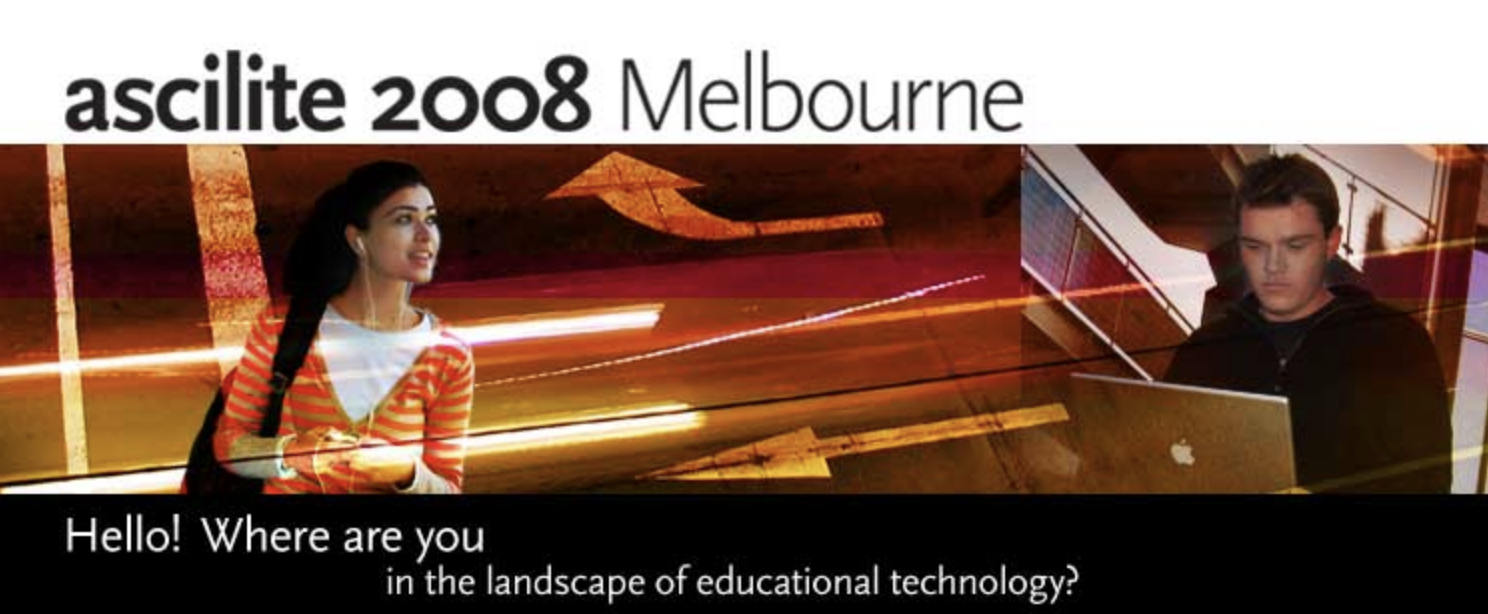Evaluating pedagogical affordances of media sharing Web 2.0 technologies
A case study
DOI:
https://doi.org/10.14742/apubs.2008.2491Keywords:
VoiceThread, affordances, DiAL-e Framework, mediaAbstract
This short paper describes a small, ongoing case study exploring how the affordances of a media sharing Web 2.0 application (VoiceThread) can be evaluated for its pedagogical value. Web 2.0 technologies emerge so quickly it is difficult for educators to gauge their actual value in practical terms. In many cases the latest Web 2.0 technologies are superseded almost before they emerge from their beta testing phase. Rather than focusing on the individual characteristics or details of the technology itself, this case study uses a new learning design framework (the Digital Artefacts for Learner Engagement framework: DiAL-e) to chart the affordances and uses which educators might find valuable. The tool has been used as the basis of an on-line pilot project for the Joint Information Service Committee in the UK (JISC) in which academics from further and higher education have been learning how to harness the potential of digital artefacts and Web 2.0 tools to enhance teaching and student learning. The initial responses from participants and tutors indicate this is a useful instrument through which to evaluate the potential pedagogical value of a particular application set within a wider socio-cultural context.
Downloads
Published
Issue
Section
Categories
License
Copyright (c) 2025 Kevin Burden, Simon Atkinson

This work is licensed under a Creative Commons Attribution 4.0 International License.





